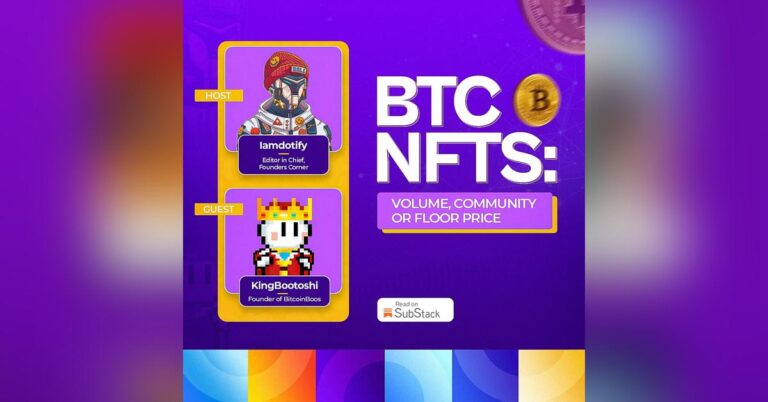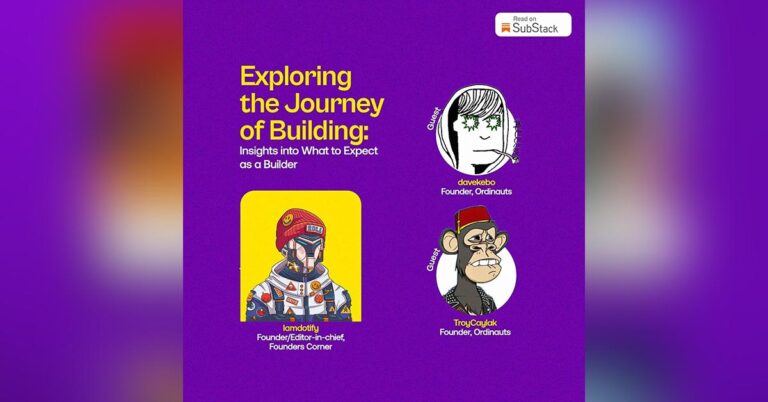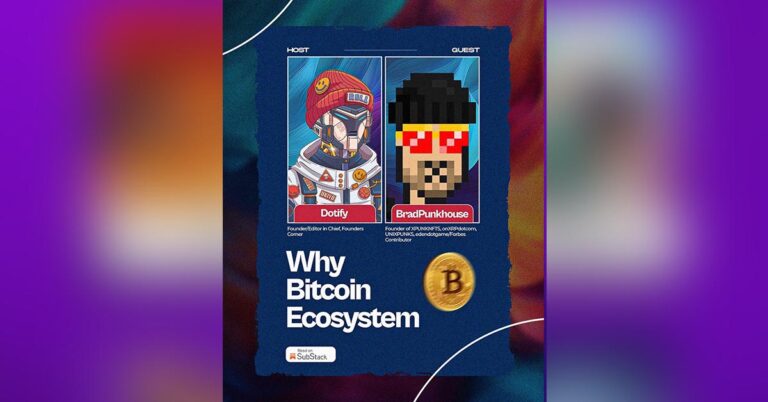Meet Intern, Our Guest
I got into cryptocurrency in 2017 while I was in college. I was studying physics and economics and found crypto really interesting. I wanted to be a part of it.
In 2020, during my last year of college, I got an internship. It went well, and they offered me a full-time job. That’s when I started working in the world of crypto for about two to three years. I looked at lots of ideas from different crypto startups.
Now, I’m happy to work at Monad. I’ve been there for six months, focusing on helping the crypto community grow. I do marketing and work on getting people involved, which I really enjoy because I love the crypto world.
What is Monad? Inspiration behind it.
The term ‘monad’ stems from deep computer science and serves as a fundamental unit, much like an atom or a single cell in biology. In computer science, it’s used to optimize code for efficiency. We chose ‘Monad’ as our name because it represents the core unit that makes up everything else.
This term resonates with what Monad aims to achieve—building and optimizing efficiently. It encapsulates the energy and essence behind our project. At Monad, we’re working on building a layer one platform compatible with the Ethereum Virtual Machine (EVM). The core idea is that our team has rebuilt the EVM from scratch using Rust and C++. We’ve added four major optimizations to it, the most popular being parallel execution. Other optimizations include separating execution and consensus, creating our custom consensus mechanism (called bad BFT), and our custom State database named Triv or Monad DV.
Our mission is to help the EVM ecosystem scale. Currently, the Ethereum community is exploring different ways to address this challenge, with Layer 2 solutions being one approach. However, we believe that rebuilding the EVM from scratch will significantly enhance scalability, accommodating more users and transactions.
Our two technical co-founders, Ke Han and James Hunsaker, previously worked at Jump Trading for about eight years, specializing in high-frequency trading. In 2021, they moved to Jump Crypto. James was among the first individuals to work on Ethereum. After nine months, they realized that rebuilding the EVM from scratch in C++ and Rust could expand its possibilities. This led them to leave Jump and create Monad.
Our primary goal is to overcome the bottlenecks that limit what we can achieve with cryptocurrencies. Most existing blockchains use Geth as their EVM, and rebuilding it will allow for scalability and increased trading activity. This scalability will greatly benefit decentralized finance (DeFi) by improving performance. Additionally, lower fees and higher throughput will enhance various consumer-facing applications, making DeFi more accessible to everyone.
Strongest Community are the Monads. How did we get there?
I believe the key is taking the community seriously and respecting what it stands for. Many crypto projects focus on building something cool and then gather a community around it. However, I view the community differently. They’re the core supporters who genuinely care about what we do at Monad.
The term ‘community’ can sometimes seem impersonal, but for me, it represents a group of individuals united by their excitement for Monad. They’re the ones I share updates with, and their enthusiasm is invaluable. To me, the community isn’t just about us talking to them; it’s about providing a space where they can engage, create content, and feel a sense of belonging.
Building a community is a gradual process, much like making friends. It’s about spending time together, finding common interests, sharing jokes, and forming connections. It’s not merely about users for our product; it’s about nurturing deeper relationships.
The community is at the heart of what we do at Monad, and I truly value its significance.
Monad’s plan for the future, What should we expect?
I believe in thinking about Monad’s success in the longer term, like five to ten years. Success to me means, in five years, Monad becomes a significant platform for building decentralized applications. It’s where people naturally turn to when they have new app ideas, creating a large volume of important transactions efficiently.
I envision Monad as a hub for decentralized transactions, handling financial transactions with great efficiency. It should be decentralized at scale, similar to Ethereum, making it resilient against shutdown attempts.
Initially, Monad’s mainnet represents our technical vision, but I foresee continuous upgrades and advancements. In five years, I imagine Monad handling a substantial portion of global financial settlements and supporting new, impactful use cases that we might not even know of yet.
In essence, Monad’s success in five years is being a vital part of society, facilitating transactions and supporting applications that are crucial for the future.
Monads in a sentence
Monad is an EVM-compatible layer one blockchain, similar to Ethereum but capable of handling approximately 1,000 times more throughput while maintaining significantly lower transaction fees.



